Empress Dowager Cixi was pregnant at the age of 46. The royal physician accidentally congratulated her and immediately "faded"?
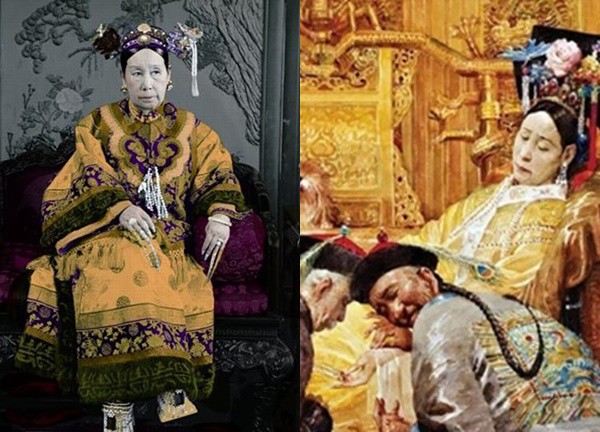
2 | 1 Discuss | Share
In many historical films, it is common to see brides in ancient times wearing "red headscarves". In fact, it is considered a symbol of romance and celebration but has a bloody story behind it.
Legend has it that the custom of a bride wearing a red scarf originated from a legend during the Shang Dynasty. King Thuong, Tru Vuong, had general Van Trong who was very good at war. He commanded hundreds of battles and won hundreds of battles, had a brave personality, was good at fighting, courageous and resourceful. This man was terrified by the three dynasties. However, at home this general was famous for his love and "fear of his wife", seeing his wife like a mouse meeting a cat.
Once, when he heard the news of Van Trong's great victory in the western expedition, King Tru immediately led his mandarins and soldiers out of the citadel to welcome him, and at the same time held a banquet outside the citadel to reward the three armies. army. During the party, a mandarin teased Van Trong in public: "If you can't even handle your wife, then you're not that talented." After that, the mandarins burst into laughter, Van Trong blushed without saying a word.
One time, King Tru Vuong accidentally heard about Van Trong's wife. He suppressed his suspicions, put on civilian clothes, and quietly left the palace to investigate. Unexpectedly, he saw the heroic general Van Trong kneeling down in front of his wife, shocking the king.
After King Tru returned to the palace angrily, he immediately issued an edict for his mandarins to bring his wife to the palace the next day, of course Van Trong's wife was also among them. Unexpectedly, just after everyone's pilgrimage, King Tru ordered the guards to tie up Van Trong's wife and reprimanded him in public: "My Shang general was humiliated by a fool like you and knelt down. "Do you listen to your wife's rebuke? Do you intend to be equal to me?"
After that, he sent someone to attack Van Trong's wife on the spot. Blood spurted out, staining the white silk on his neck. King Tru Vuong saw this and immediately ordered someone to hang a red silk stained with blood on top of the citadel, ordering brides to wear red scarves when getting married, to obey their husbands, and to serve their husbands with all their hearts.
After that, the wives of officials and soldiers of the Manchu Qing Dynasty no longer dared to raise their voices to their husbands. And this rule has been passed down from generation to generation. The custom of brides wearing a red headscarf in China still exists, but few people mention this reason.
It can be said that Chinese wedding customs have very unique and distinct features that contribute to diversifying the country's culture. The ancients attached great importance to etiquette and in every traditional marriage it was necessary to "protect each other" and perform all the "three letters and six rituals".
The ancients of China believed that sunset was an auspicious time, so they would hold wedding ceremonies at sunset. For this reason, the union ceremony of husband and wife was called "Wedding" (not simply "Wedding"). today's meaning of marriage).
Among the "five ceremonies", marriage belongs to the "family ceremony", and is the second most important event in a person's life, after the hat ceremony for boys and the brooch ceremony for girls.
Ancient Chinese marriage was a system of one husband, one wife, and many concubines. In this marriage system, the concubine had a lower status than the first wife (first wife).
Compared to the first wife, the concubine wedding ceremony is relatively simple. The wedding ceremony is relatively complicated and solemn.
The traditional marriage ceremony will include the Three Books and the Six Ceremonies:
1. Three letters
Three Letters include Betrothal Letter, Gift Letter and Wedding Letter.
Betrothal Letter is a letter used when engaged (the formal document of the engagement), given by the groom's family to the bride's family (a must in a marriage).
Gift Letter is the bride's family that will list the types and quantity of gifts for the wedding (listing types and quantity of gifts for the wedding) when both families approve the marriage.
Wedding Letter is a letter used when welcoming the bride, that is, in step 6 of the "welcome" of the six ceremonies.
2. Six Etiquette (Six Ceremonies)
Proposing means that the groom's family will ask a matchmaker to propose to the bride's family. The matchmaker will be sent to the bride's family to talk about the groom's family's intention to get married.
Birthday matching is when the groom's family asks the matchmaker to ask the girl's name and date of birth, then goes to the temple to divination of good and bad luck. If the result is "good", then they proceed to the next step, "hung". the marriage will bring disasters to the man's family) then stop here.
Presenting betrothal gifts (Sand Loading) is "through Van Dinh", which means that after divining a good omen, a marriage contract is decided.
Presenting wedding gifts (Nap chinh) is "presenting money" or "going through the grand ceremony", the groom's family sends someone to bring the bride's gift to the bride's family. The bride's family receives the bride price, calling her "promising brother".
Picking auspicious wedding date means "picking a date", that is, asking the bride's family to determine the wedding date.
Wedding ceremony is the wedding day, the groom's family must personally go to the bride's family to welcome her, then the groom's family will return first, waiting outside the door. If the boy dies before they have met, the girl can marry someone else. But if by chance the husband dies, even though he has not worshiped, according to the rules of custom, the bride can only accept the fate of being a widow for the rest of her life.
Evading the impregnated market when "the month comes", what tricks does the concubine use? 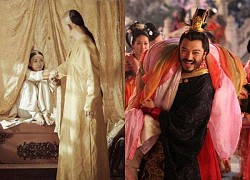 Minh Lợi14:08:01 16/02/2024Ancient Chinese people used to regard seeing blood as a harbinger of bad luck. Therefore, if he was unfortunate enough to be blessed on the right day of the month, the Heavenly Prince would know that he would not only lose his grace but might also anger him.
Minh Lợi14:08:01 16/02/2024Ancient Chinese people used to regard seeing blood as a harbinger of bad luck. Therefore, if he was unfortunate enough to be blessed on the right day of the month, the Heavenly Prince would know that he would not only lose his grace but might also anger him.

2 | 1 Discuss | Share
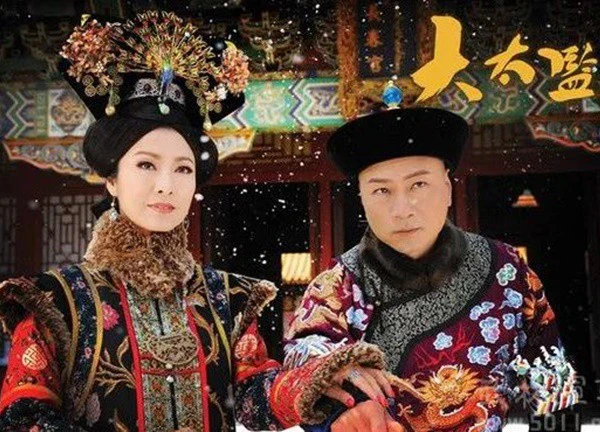
3 | 1 Discuss | Share

1 | 1 Discuss | Share
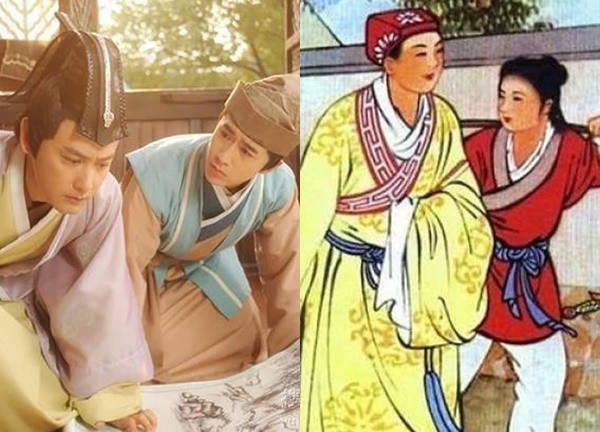
4 | 1 Discuss | Share
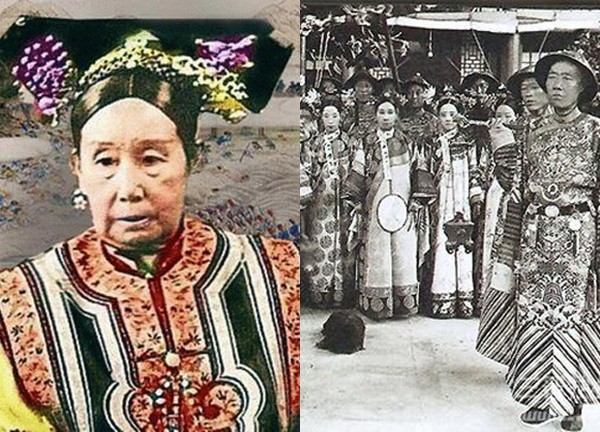
7 | 1 Discuss | Share
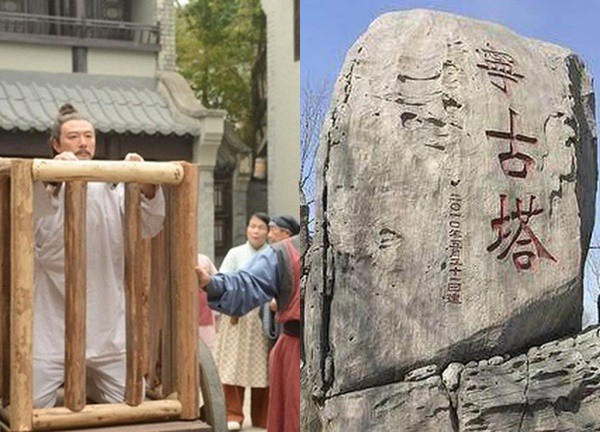
2 | 1 Discuss | Share
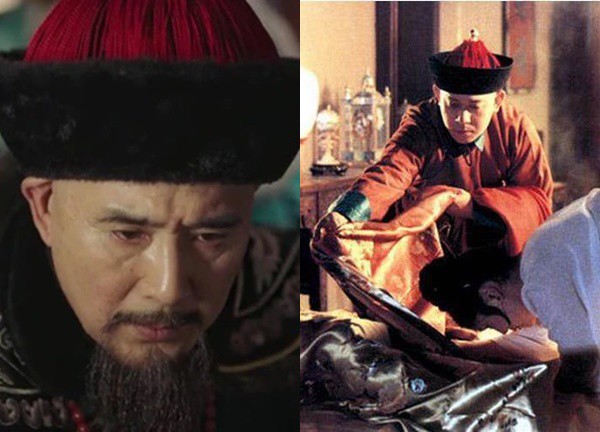
1 | 1 Discuss | Share
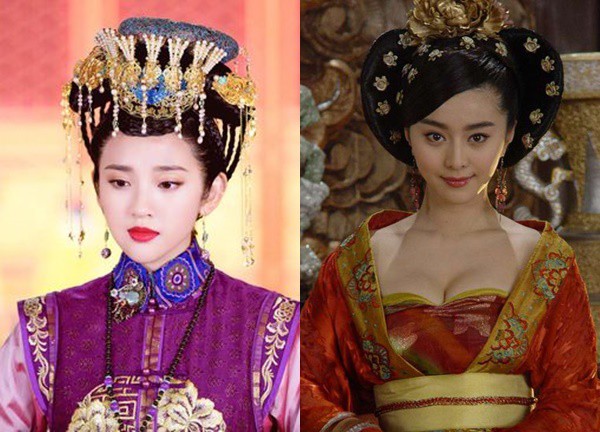
4 | 1 Discuss | Share
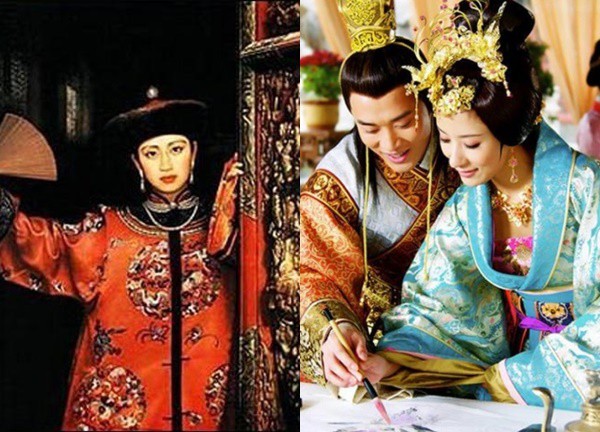
2 | 1 Discuss | Share
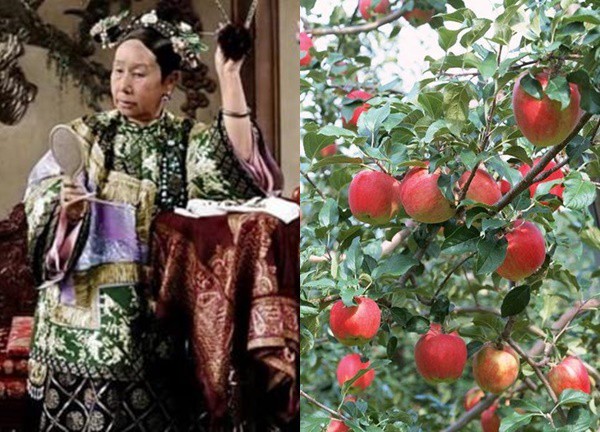
5 | 1 Discuss | Share
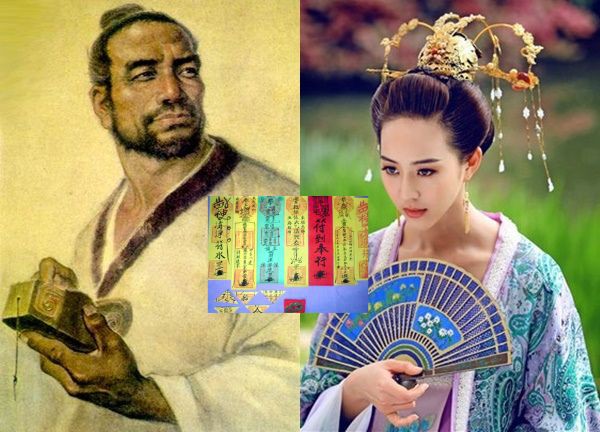
2 | 1 Discuss | Share
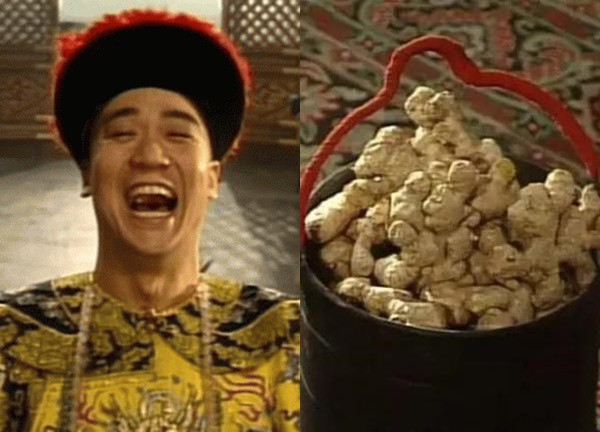
3 | 1 Discuss | Share










1 | 1 Discuss | Report